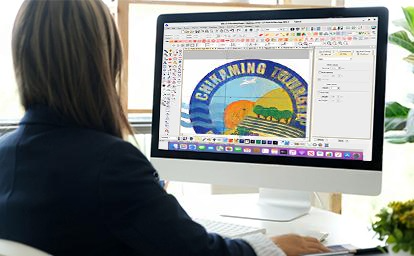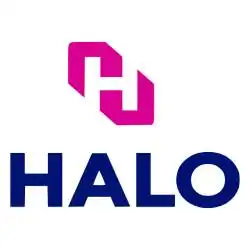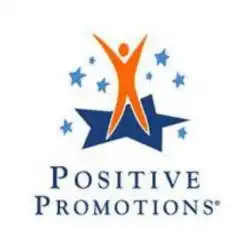Understanding Embroidery Basics
Welcome to AddNectar's Embroidery Education Center, a helpful resource for understanding the fundamentals of embroidery digitizing. If you're new to the world of embroidery, this guide will introduce you to essential concepts that can help you better appreciate the digitizing process and communicate your project needs effectively.

Common Embroidery Stitch Types
Basic Fill Stitches
Fill stitches create solid areas of color in your embroidery designs:
Simple Outline Stitches
These stitches define the edges and details of your design:
Specialty Stitches
Specialty stitches add unique effects to your embroidery:
Understanding Stitch Density
Stitch density refers to how closely packed the stitches are in your design. The right density depends largely on the fabric being used:
| Fabric Type | Recommended Density | What This Means |
|---|---|---|
| Light Fabrics (Silk, Organza) | Lower density | Fewer stitches per area to prevent damage to delicate fabrics |
| Medium Fabrics (Cotton, Polyester) | Medium density | Standard coverage for most common applications |
| Heavy Fabrics (Denim, Canvas) | Higher density | More stitches for adequate coverage on thick materials |
| Napped Fabrics (Fleece, Towels) | Highest density | Maximum coverage to prevent design from sinking into fabric |
Proper stitch density ensures durability and quality in your embroidered designs:
| Fabric Type | Recommended Density | Notes |
|---|---|---|
| Light Fabrics | 3.5-4.0 lines/mm | Too dense may cause puckering |
| Medium Fabrics | 4.0-4.5 lines/mm | Standard for most applications |
| Heavy Fabrics | 4.5-5.0 lines/mm | Higher density for better coverage |
| Fleece/Towels | 5.0-5.5 lines/mm | Maximum density for napped fabrics |
Embroidery File Formats
Different embroidery machines require specific file formats:
When ordering digitizing services, knowing your machine's required format is essential.
Embroidery Design Considerations
Design Size and Placement
Color Considerations
Why Professional Digitizing Matters
Converting artwork into embroidery isn't as simple as pushing a button. Professional digitizers:
Working with AddNectar Solutions
Now that you understand the basics of embroidery digitizing, you can better communicate your project needs with our team. AddNectar Solutions offers professional embroidery digitizing services that transform your artwork into stitch files ready for embroidery.
When submitting your project, consider:
Our team will handle the technical aspects of converting your artwork into an embroidery-ready design.
For more information about our digitizing services or to discuss your specific project requirements, contact our team today.
Skilled resources
Resources are skilled to specific services that deliver value.
Experience to match quality
Fine mix of experienced resources to cater to wide range of industries.
500+ people
Serving multiple industries and various disciplines.
Unmatched Reliability
Relied upon daily by over 5000+ customers.
Let us help you grow



1000+
More than 1000+ Customers!